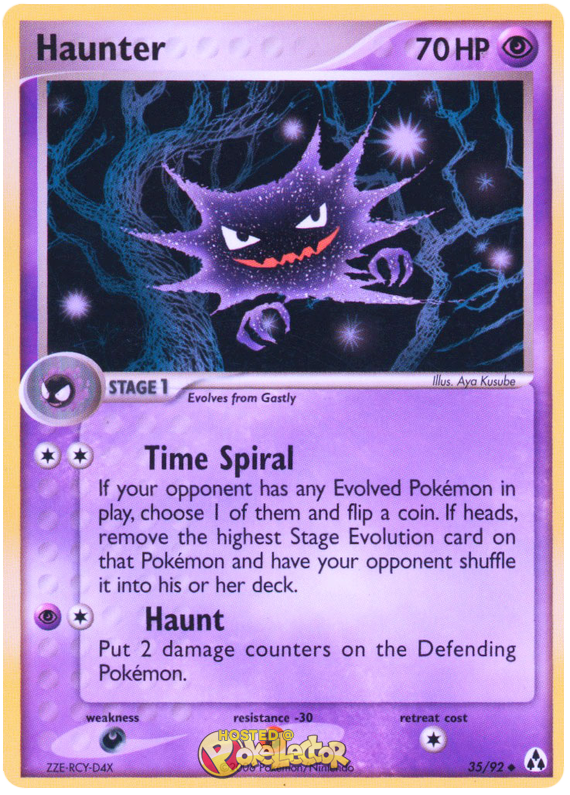

Grouping variable that will produce lines with different widths.Ĭan be either categorical or numeric, although size mapping willīehave differently in latter case. Grouping variable that will produce lines with different colors.Ĭan be either categorical or numeric, although color mapping willīehave differently in latter case. Variables that specify positions on the x and y axes. Either a long-form collection of vectors that can beĪssigned to named variables or a wide-form dataset that will be internally Parameters : data pandas.DataFrame, numpy.ndarray, mapping, or sequence X and shows an estimate of the central tendency and a confidence This behavior can be controlled through various parameters, asīy default, the plot aggregates over multiple y values at each value of In particular, numeric variablesĪre represented with a sequential colormap by default, and the legendĮntries show regular “ticks” with values that may or may not exist in theĭata. Represent “numeric” or “categorical” data. Semantic, if present, depends on whether the variable is inferred to The default treatment of the hue (and to a lesser extent, size) Hue and style for the same variable) can be helpful for making Using all three semantic types, but this style of plot can be hard to It is possible to show up to three dimensions independently by Parameters control what visual semantics are used to identify the different Of the data using the hue, size, and style parameters. The relationship between x and y can be shown for different subsets lineplot ( data = None, *, x = None, y = None, hue = None, size = None, style = None, units = None, palette = None, hue_order = None, hue_norm = None, sizes = None, size_order = None, size_norm = None, dashes = True, markers = None, style_order = None, estimator = 'mean', errorbar = ('ci', 95), n_boot = 1000, seed = None, orient = 'x', sort = True, err_style = 'band', err_kws = None, legend = 'auto', ci = 'deprecated', ax = None, ** kwargs ) #ĭraw a line plot with possibility of several semantic groupings. His periodic appearances at the Cannes film festival - often via FaceTime - still drew crowds, however, though he no longer held the sway he did when he had managed to shut down the festival entirely in 1968 in solidarity with the student protests in # seaborn. He never, however, regained the capacity to shock or move more mainstream audiences as he had in the 1960s, though a small band of disciples remained doggedly loyal to the master. "A story should have a beginning, a middle and an end - but not necessarily in that order," Godard later famously declared, and "every edit is a lie".Īs he grew older, Godard would occasionally emerge from his Swiss bolthole to make low-budget films well into his 80s.
#LEGEND MAKER MOVIE#
The movie was a fashion as well as a film landmark, her pixie haircut copied by millions bowled over by her effortless Parisian cool. "All you need for a movie is a gun and a girl," he once proclaimed, in a nod to the American actress Jean Seberg, the star of Breathless. Indeed, Godard became a "god" to many 1960s political and artistic radicals who would hang on every word of his often contradictory - and tongue-in-cheek - declarations on the state of cinema and the world. Guy Lodge, of the screen bible Variety, tweeted that it was "glib to say 'he changed everything', but he sure changed a hell of a lot of things."

"Or maybe Godard was the medium's Socrates, believing that an unexamined cinema was not worth having," he added. He compared him to other 1960s rebels like John Lennon and Che Guevara. Godard's influence is hard to underestimate, with directors from Martin Scorsese, Quentin Tarantino and Thomas Anderson, to Robert Altman, the maker of "M*A*S*H" and The Player, often speaking of their debt to him.ĭespite the filmmaker's often difficult relationship with critics, The Guardian's Peter Bradshaw heaped praise on Godard, saying, "The last great 20th-century modernist is dead." It was there that he died "peacefully at home", his wife Anne-Marie Mieville at his side, his producers said. The secrecy - and choosing to disappear in a puff of smoke - is typical of Godard, who loved to surprise the world from his lair in the Swiss village of Rolle where he had lived as a virtual recluse for decades.


 0 kommentar(er)
0 kommentar(er)
